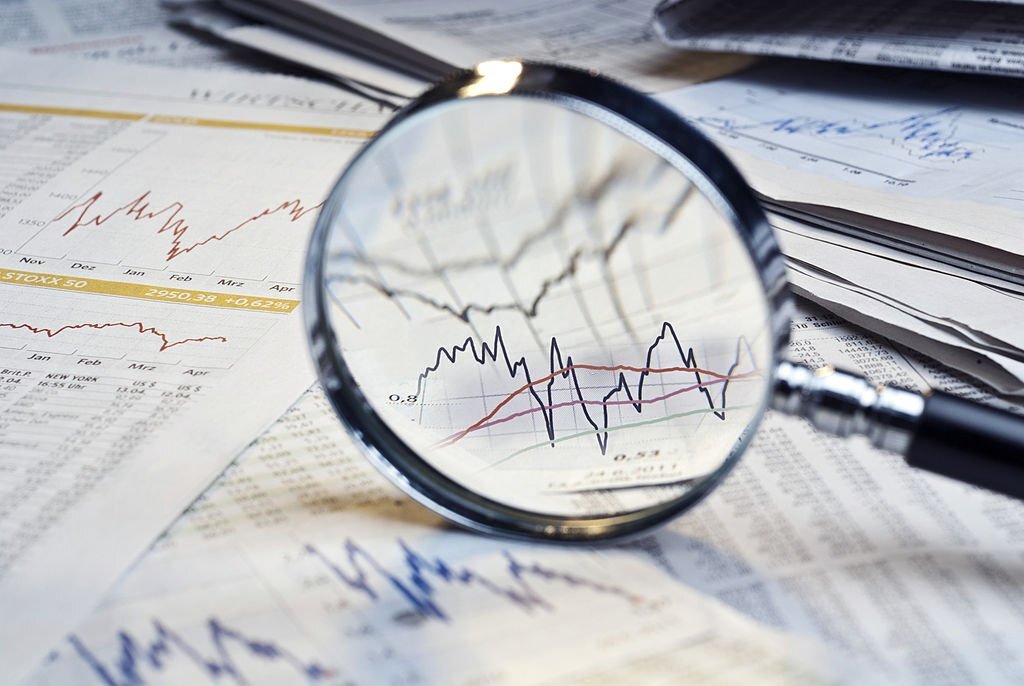Introducation:
Risk assessment is a critical process in identifying and evaluating potential hazards and risks in a workplace or other environments. By conducting a risk assessment, individuals can identify and implement preventive measures that help reduce the risks associated with hazards. This article outlines the steps involved in conducting a risk assessment.
- Identify hazards The first step in conducting a risk assessment is to identify potential hazards that can cause harm. Hazards can include physical, chemical, biological, and ergonomic factors that can harm workers, customers, or the environment. It is important to note that a hazard alone does not create risk, but it is the interaction between the hazard and the workers or environment that creates risk.
- Determine who is at risk The second step in conducting a risk assessment is to identify who is at risk from the identified hazards. Workers, customers, or members of the public can be at risk, depending on the nature of the hazard. Risk can also vary depending on factors such as age, gender, health status, and job roles.
- Evaluate the risks The third step in conducting a risk assessment is to evaluate the risks associated with the identified hazards. This involves determining the likelihood and severity of the harm that can result from exposure to the hazard. The likelihood of harm can be influenced by factors such as the frequency and duration of exposure, the nature of the hazard, and the level of control measures in place. Severity of harm can be assessed by considering the potential physical or health effects on the exposed individuals.
- Identify control measures The fourth step in conducting a risk assessment is to identify control measures that can be implemented to reduce or eliminate the identified risks. Control measures can be physical, administrative, or personal protective equipment (PPE). Physical control measures can include guarding, barriers, ventilation, or modification of the workplace or equipment. Administrative control measures can include training, procedures, or policies. PPE can include equipment such as gloves, respirators, or safety glasses.

- Implement control measures The fifth step in conducting a risk assessment is to implement the identified control measures. This involves selecting appropriate control measures and ensuring that they are effective in reducing or eliminating the identified risks. Implementation of control measures may require modification of equipment or workplace design, providing PPE to workers, and training workers on the proper use of control measures.
- Monitor and review The final step in conducting a risk assessment is to monitor and review the effectiveness of the implemented control measures. This involves ongoing evaluation of the identified hazards and the control measures in place to ensure that they continue to effectively reduce or eliminate the risks associated with the hazards. Regular monitoring and review can identify any deficiencies in the control measures and allow for corrective actions to be taken to ensure continued protection of workers and the environment.
In summary, conducting a risk assessment is an essential process in identifying and evaluating potential hazards and risks in a workplace or other environments. By following the steps outlined above, individuals can effectively identify and implement control measures that help reduce the risks associated with hazards. By doing so, they can create a safer and healthier work environment for workers and other stakeholders.
Concolusion:
In conclusion, conducting a risk assessment is a critical process that can help organizations identify and evaluate potential hazards and risks in a workplace or other environments. By following the steps involved in conducting a risk assessment, individuals can effectively identify hazards, evaluate the risks associated with those hazards, and implement control measures to reduce or eliminate the identified risks. Regular monitoring and review of the control measures in place can help to ensure their ongoing effectiveness in reducing risks associated with hazards.
Conducting a risk assessment is an ongoing process that requires ongoing attention and dedication to maintaining a safe and healthy work environment. It is important to involve workers in the risk assessment process and to provide them with the necessary training and resources to help them identify hazards and contribute to the implementation of control measures. By doing so, organizations can create a culture of safety and health that benefits everyone involved.
Ultimately, the goal of conducting a risk assessment is to reduce or eliminate potential hazards and risks in the workplace, which can lead to reduced injuries, illnesses, and other negative outcomes. By prioritizing safety and health, organizations can create a positive work environment that supports the well-being of their workers and contributes to their overall success.


Comments are closed.